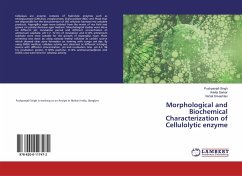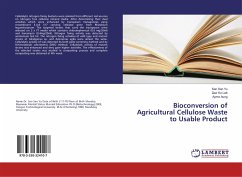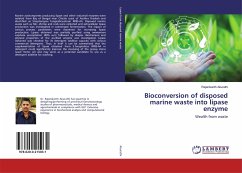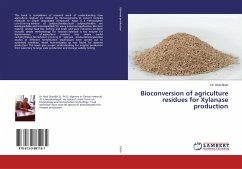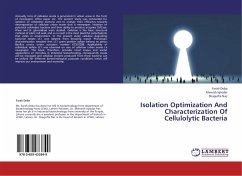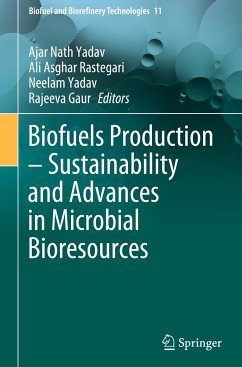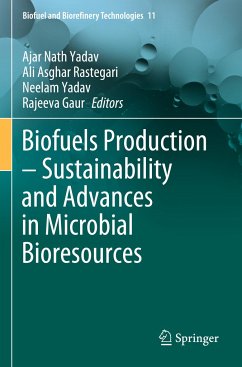
Cellulolytic Microbes in Mangrove & Their Biotechnological Application
Versandkostenfrei!
Versandfertig in 6-10 Tagen
33,99 €
inkl. MwSt.

PAYBACK Punkte
17 °P sammeln!
Cellulose is an abundant natural biopolymer on earth, found as a major constituent of plant cell wall in lignocellulosic form. Unlike other compounds cellulose is not easily soluble in water hence enzymatic conversion of cellulose has become a key technology for biodegradation of lignocellulosic materials. Cellulase is the enzyme which can degrade cellulose. Today, cellulases along with hemicellulases and pectinases account for about 20% of the world enzyme market. Because, cellulases have huge biotechnological potential in various industries, including food, brewery and wine, industrial waste...
Cellulose is an abundant natural biopolymer on earth, found as a major constituent of plant cell wall in lignocellulosic form. Unlike other compounds cellulose is not easily soluble in water hence enzymatic conversion of cellulose has become a key technology for biodegradation of lignocellulosic materials. Cellulase is the enzyme which can degrade cellulose. Today, cellulases along with hemicellulases and pectinases account for about 20% of the world enzyme market. Because, cellulases have huge biotechnological potential in various industries, including food, brewery and wine, industrial waste to chemical feedstock, animal feed, textile and laundry, pulp and paper, agriculture, as well as in research and development of single-cell protein. Microorganisms such as aerobic bacteria, fungi, yeast and actinomycetes produce cellulase that degrade cellulose by hydrolysing the b-1, 4-glycosidic linkages of cellulose. Mangrove habitats at the interface of land and sea are considered to bea unique niche for the isolation of cellulose-degrading microorganisms due to occurrence of rich lignocellulosic biomass.




